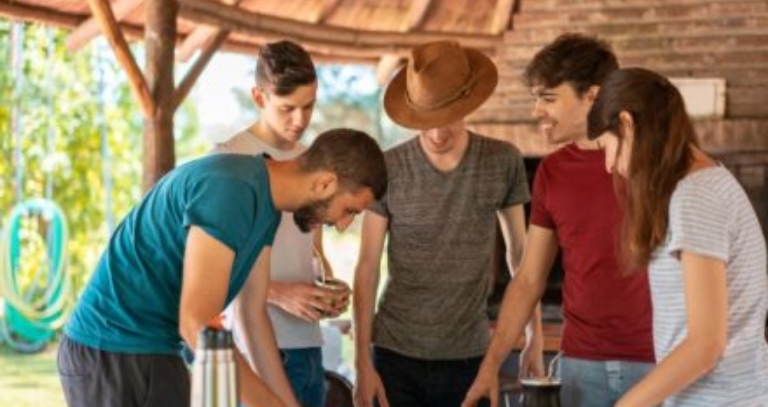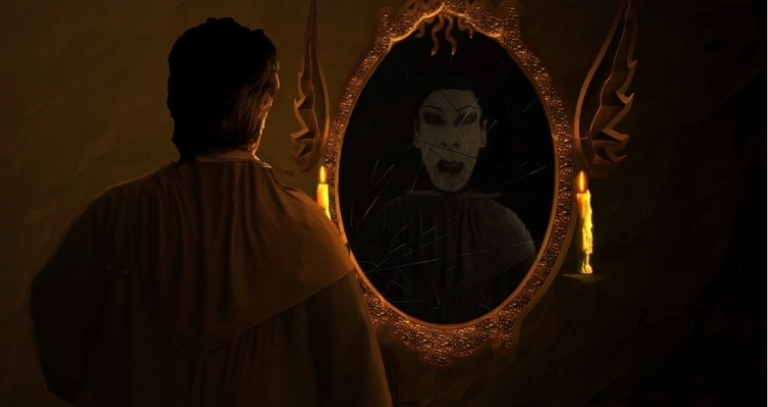While many countries greet with a handshake or wave, India Culture follows the unique practice of folding hands and saying Namaste. This simple yet profound gesture, meaning “I bow to the divine in you,” goes far beyond greetings. Moreover, it appears in yoga postures, traditional dances, and even spiritual practices. Interestingly, Namaste also offers health benefits—it reduces mental stress, improves flexibility in the hands and arms, and channels positive energy throughout the body. Indian culture
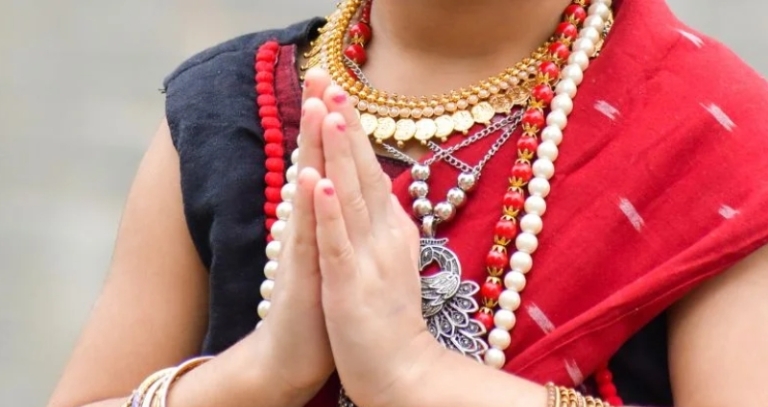 Yoga and Pranayama: Ancient Indian Practices
Yoga and Pranayama: Ancient Indian Practices
Yoga and Pranayama form the heart of Indian culture. Practiced for thousands of years, these disciplines emphasize physical health, mental relaxation, and inner peace. Originally spiritual in nature, Yoga has gradually gained global recognition as a holistic fitness practice. Consequently, the worldwide significance of Yoga is evident in the celebration of International Yoga Day on June 21 every year, which promotes wellness and mindfulness across the globe.
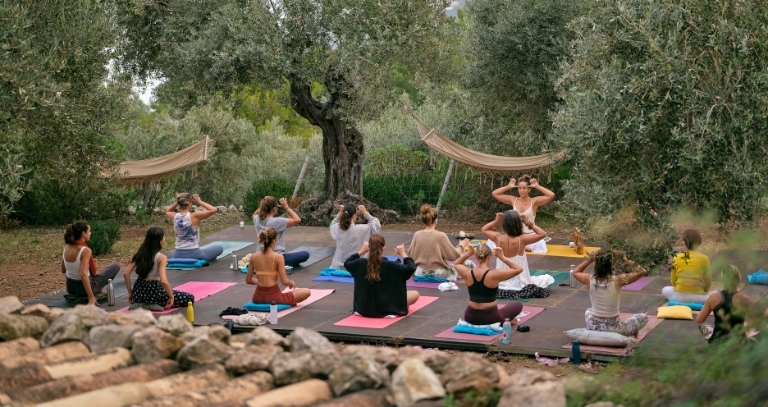 Festivals: Celebrations That Unite People in Indian culture
Festivals: Celebrations That Unite People in Indian culture
India’s diversity shines through its countless festivals. Every region and religion holds unique celebrations, therefore making the country a continuous hub of joyous occasions. Major festivals such as Holi, Diwali, Dussehra, and Eid enjoy nationwide attention, while regional festivities like Kumbh Mela, Ganga Aarti, Rath Yatra, and Krishna Janmashtami attract visitors from across the globe. In addition, festivals in India are not just religious; they are social and cultural events that strengthen bonds, bring communities together, and create lifelong memories.
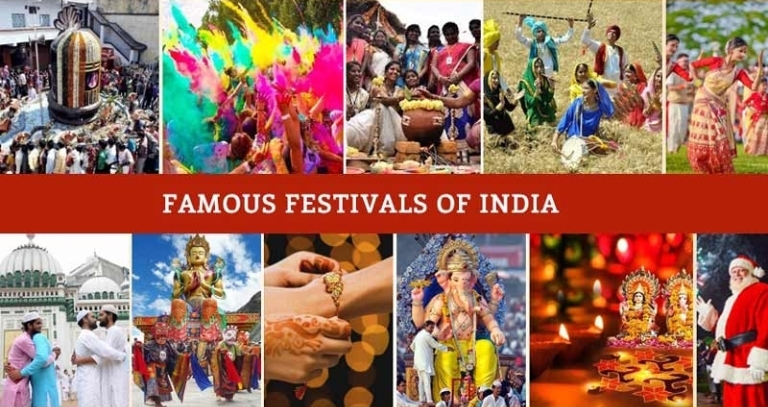 Joint Family: A Cultural Tradition in Indian culture
Joint Family: A Cultural Tradition in Indian culture
One of the most distinctive aspects of Indian culture is the joint family system. Multiple generations—parents, children, and grandparents—often live together, sharing happiness and sorrow alike. Although this tradition is gradually changing in urban areas, many families still uphold it, emphasizing respect for elders and family unity. Through this system, people learn valuable lessons about support, love, and togetherness.
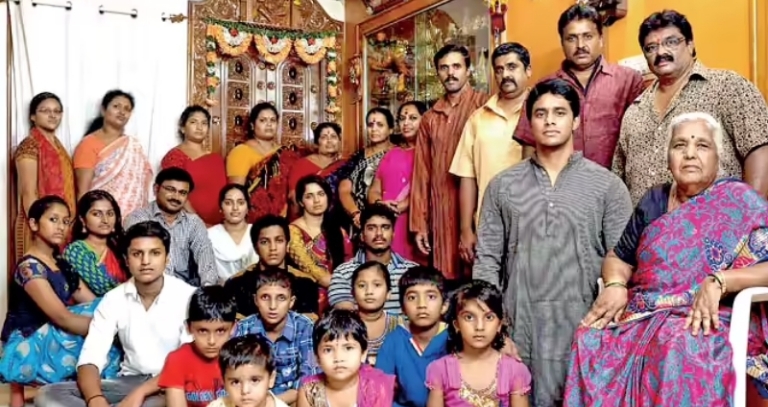 Indian Cuisine: A Feast for the Senses
Indian Cuisine: A Feast for the Senses
Indian food vividly reflects its rich culture. From spicy street food to luxurious regional delicacies, every state offers unique flavors. For example, Punjab is famous for Makke ki Roti and Sarson ka Saag, whereas Tamil Nadu is known for Idli and Dosa. Furthermore, breakfast in India often includes a hearty meal, unlike lighter Western breakfasts, and spices such as cardamom, turmeric, and cumin create a rich aroma that fascinates visitors worldwide.
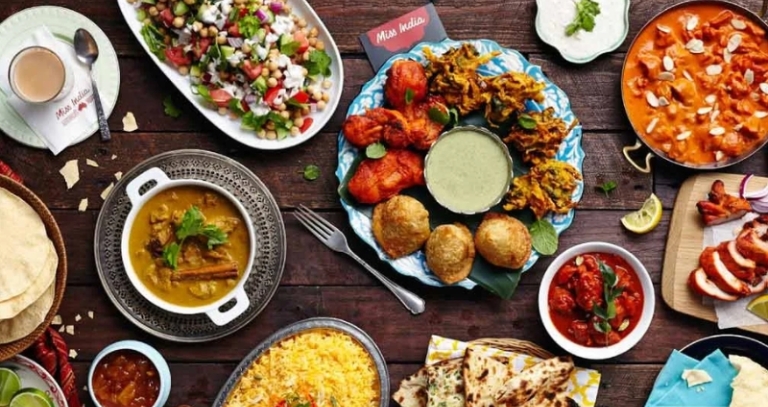 Indian Attire: Colors and Elegance
Indian Attire: Colors and Elegance
Traditional Indian clothing is as diverse as its culture. Women wear sarees, salwar kameez, and dupattas, with designs varying across regions. Famous sarees include Kanjeevaram, Bandhani, and silk varieties admired by tourists. Men traditionally wear dhoti, sherwani, and kurta pyjama. Overall, these attires not only represent cultural identity but also showcase India’s artistic heritage, vibrant colors, and intricate designs.
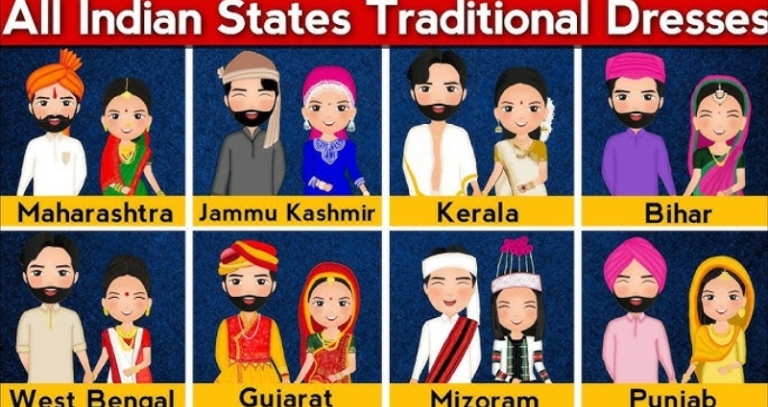 h
h
Reverence for Cows Indian culture
In India, cows hold a sacred status, especially in Hindu culture. From childhood, children learn to respect and care for cows, considering them holy. Protecting cows is both a social and religious responsibility, and harming them remains strictly prohibited in many states. Thus, this custom reflects the deep spiritual and ethical principles embedded in Indian culture.
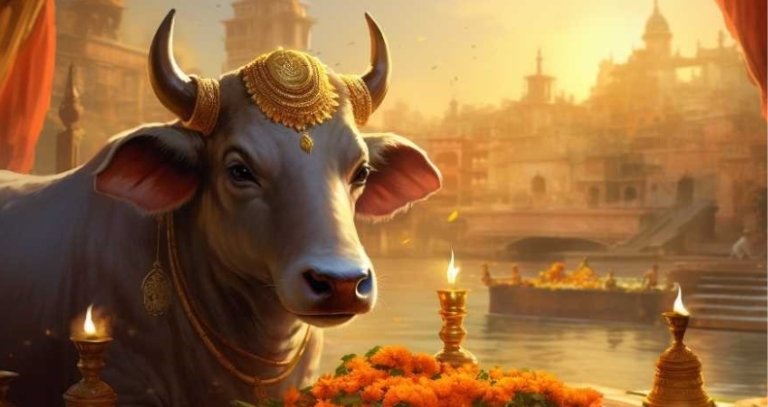
Arranged Marriage: A Timeless Tradition
Arranged marriage is another unique practice of Indian culture. Families often select suitable matches for their children based on compatibility and social values. Though this tradition may seem unusual to outsiders, it has been followed since the Vedic period. While ancient practices like Swayamvar have faded, arranged marriages still celebrate family involvement and social harmony.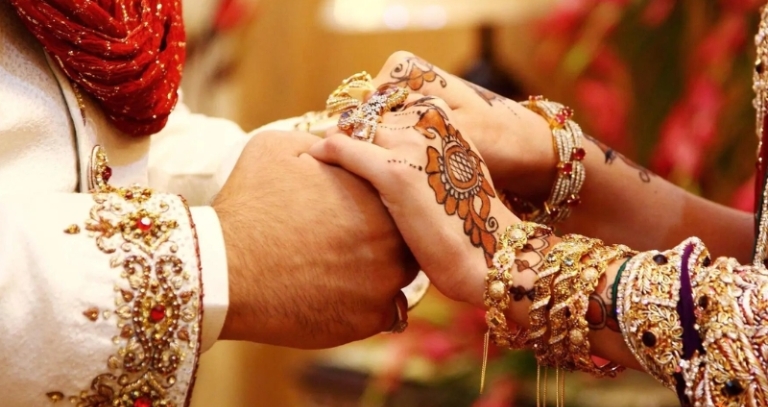
Indian Classical Dance Forms
India’s cultural diversity is vividly expressed through classical dance forms, each linked to specific states and ancient traditions. Bharatanatyam, Kathak, Kathakali, Manipuri, and Kuchipudi are some of the world-renowned classical dances, where storytelling is conveyed through gestures, expressions, and music. Additionally, India is home to many folk and tribal dances that add another layer to its rich cultural tapestry.
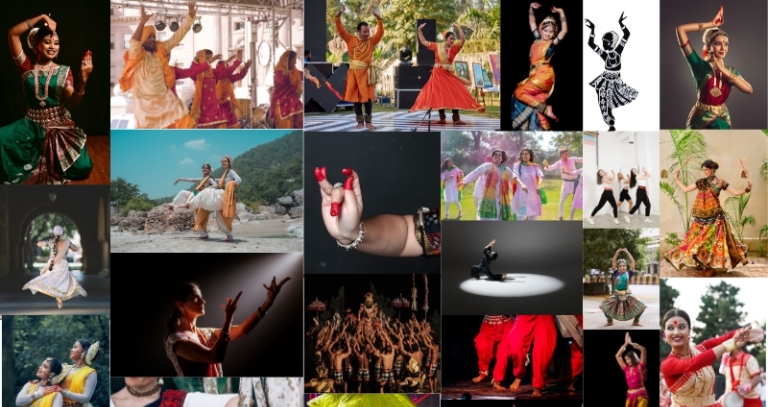 Celebrate Indian Culture
Celebrate Indian Culture
Talking about the diversity in the Indian culture, you can find different classical dance forms in different parts of the country. These dance forms generally relates themselves to a particular state with their origin traced back to the ancient times. Some of the famous Indian dance forms are Bharathnatyam, Kathakali, Manipuri, Kuchipudi and many others. The classical dance of India has now developed in a dance-drama form wherein the dancer acts out a story almost exclusively through gestures. Apart from the classical dances, one can also find various folk and tribal dance forms in the country.


